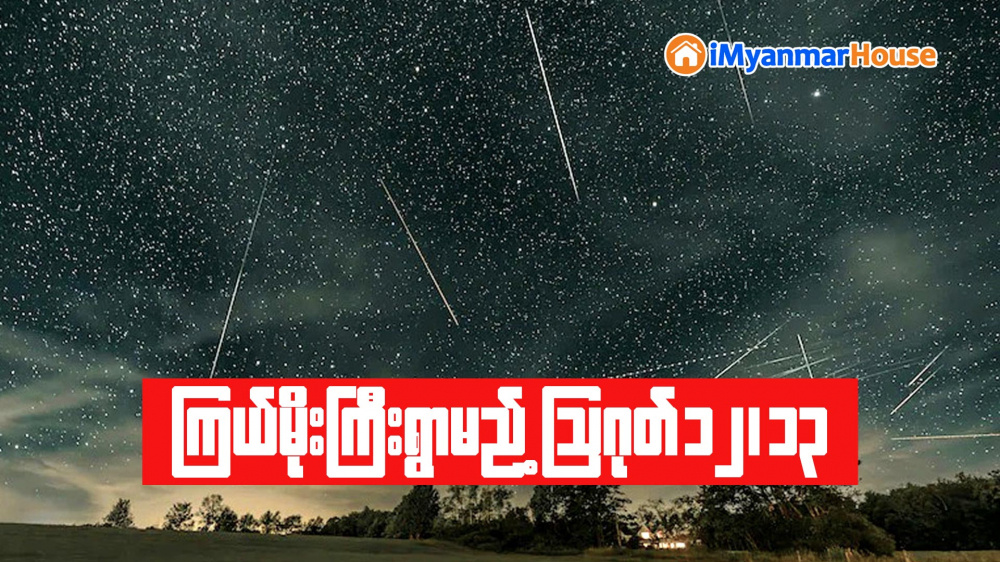
Foreign Property News | Posted by Zarni Kyaw
On the nights of August 12 & 13, get ready to witness an awe-inspiring meteor shower, with 1,000 meteors crashing into Earth at 150 per hour! These streaks of light will illuminate the night sky, lighting it up with fiery brilliance.
According to NASA, you can expect to see an average of up to 100 meteors per hour during the Perseid's peak.
A typical Perseid meteoroid (which is what they're called while in space) moves at 133,200 mph (214,365 kph) when it hits Earth's atmosphere (and then it is called a meteor). Most of the Perseids are tiny, about the size of a sand grain. Almost none of the fragments hit the ground, but if one does, it's called a meteorite.
The Perseids are hot stuff, reaching temperatures of more than 3,000 degrees Fahrenheit (1,650 Celsius) as each fragment travels through the atmosphere and both compresses and heats the air in front of it. Most of the fragments are visible when they are about 60 miles (97 kilometers) from the ground.
What causes the Perseid meteor shower?
The Perseid meteor shower is caused by the comet Swift-Tuttle.
Swift-Tuttle was discovered independently by two astronomers, Lewis Swift and Horace Tuttle, in 1862. When it last made a pass by Earth in 1992, it was too faint to be seen with the naked eye. The next pass, in 2126.
Comet Swift-Tuttle is the largest object known to repeatedly pass by Earth; its nucleus is about 16 miles (26 kilometers) wide. It last passed near Earth during its orbit around the sun in 1992, and the next time will be in 2126.
When you sit back to watch a meteor shower, you're actually seeing the pieces of comet debris heat up as they enter the atmosphere and burn up in a bright burst of light, streaking a vivid path across the sky as they travel at 37 miles (59 kilometers) per second, according to NASA.
If you take a cool photo of the Perseid meteor shower let us know! You can send images and comments to spacephotos@space.com.
Ref: Perseids Meteor Shower Peak, Other Sky Events To Watch In August (nasa.gov)









